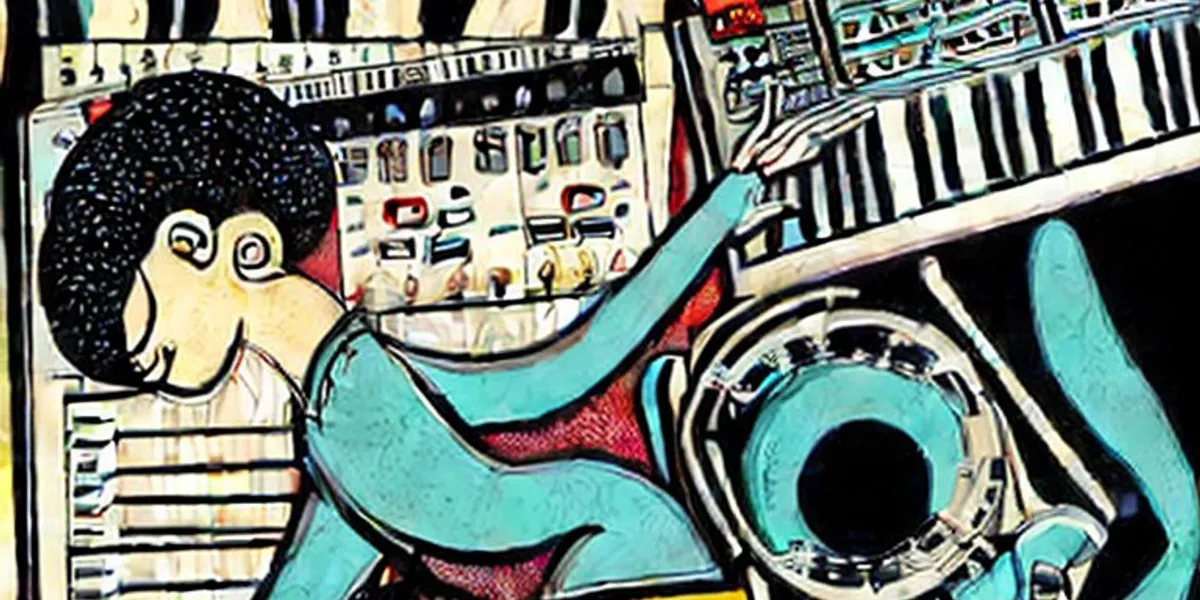
The Evolution of Sound: A Journey Through Music History
Music has always been our companion. Long before TikTok trends and Spotify playlists, there were chants echoing through caves, rhythms beaten on stretched animal skin, and voices raised toward the stars in search of meaning—or maybe just to drown out the silence of the wilderness. Sound has evolved with us, shaped by the tools we’ve built, the ideas we've chased, and the emotions we’ve dared to express.
A Humble Beginning: The Dawn of Rhythm
Our musical journey begins with the basics: the drumbeat. The first instrument wasn’t carved out of mahogany or strung with steel—it was likely a rock, a log, or someone’s chest being rhythmically pounded in a celebration (or an argument). Rhythm came first, and rhythm stayed. It’s the primal code embedded in our DNA.
From there, we added melody. Picture early humans blowing through bones, stringing up sinew, and—probably to everyone else’s mild irritation—trying to whistle.
Ancient Harmonies and Sacred Sounds
Fast forward to the temples of Egypt, the amphitheaters of Greece, and the courts of China. Music became more than expression; it became culture, ceremony, and control. Ancient instruments like the lyre, the guqin, and the aulos brought structure to sound. Scales were born. Modes developed. Somewhere along the way, someone thought, “What if we wrote this down so Steve stops messing up the chorus?”
The Classical Canvas
Cue the powdered wigs and orchestral drama. The Classical and Baroque eras brought us composers who treated music like a divine equation. Bach, Mozart, Beethoven—these weren’t just musicians; they were architects of emotion. They mapped out sonatas with the precision of a master chef, tossing in counterpoint, crescendo, and a few tears for seasoning.
Music, at this point, was mostly enjoyed by the well-to-do, performed in gilded halls by impeccably trained musicians who definitely didn’t sweat.
The Rebels and the Revolution
Then came jazz, blues, and rock 'n' roll—genres born from struggle, joy, rebellion, and community. Suddenly, music wasn’t just something you observed from a velvet seat—it was something you felt in your hips. It moved from the drawing rooms to the dance halls, from the elite to the everyman.
Electric guitars wailed, voices cracked with raw feeling, and rhythm sections stomped forward like an unstoppable force. Chuck Berry, Elvis, Aretha, The Beatles—they didn’t just change sound, they changed culture.
The Digital Age: Welcome to the Matrix
Enter the synthesizer, drum machine, and eventually, the computer. With the rise of electronic music in the late 20th century, sound was no longer bound by fingers or breath—it could be shaped, bent, and looped with the click of a mouse. Hip-hop emerged from turntables and street corners. EDM exploded from underground warehouses. Pop became global, hyper-produced, and infectious.
Suddenly, a kid with a laptop could make a track that charted worldwide. Music became more democratic. Boundaries blurred. Genres fused. And auto-tune made even your tone-deaf cousin feel like a pop star.
Today and Beyond
Now, music is everywhere. It's streamed, shared, chopped into 30-second loops and stitched into memes. AI is composing symphonies, virtual instruments mimic orchestras, and your phone has more music-making power than an entire studio from the '70s.
But even with all this technology, the heart remains the same. We make music to connect. To feel. To remember. Whether it's a Gregorian chant or a glitch-hop remix, music is how we tell our story.
Final Notes
The evolution of sound is a mirror of human history—messy, magical, and always moving. From caves to code, we’ve carried rhythm and melody with us, adapting it to our time, our tools, and our truth.
And the best part? The journey isn’t over. We’re still inventing, still experimenting. So the next time you hit play, remember—you’re not just listening to music. You’re listening to the echo of a thousand lifetimes, still evolving, still singing.